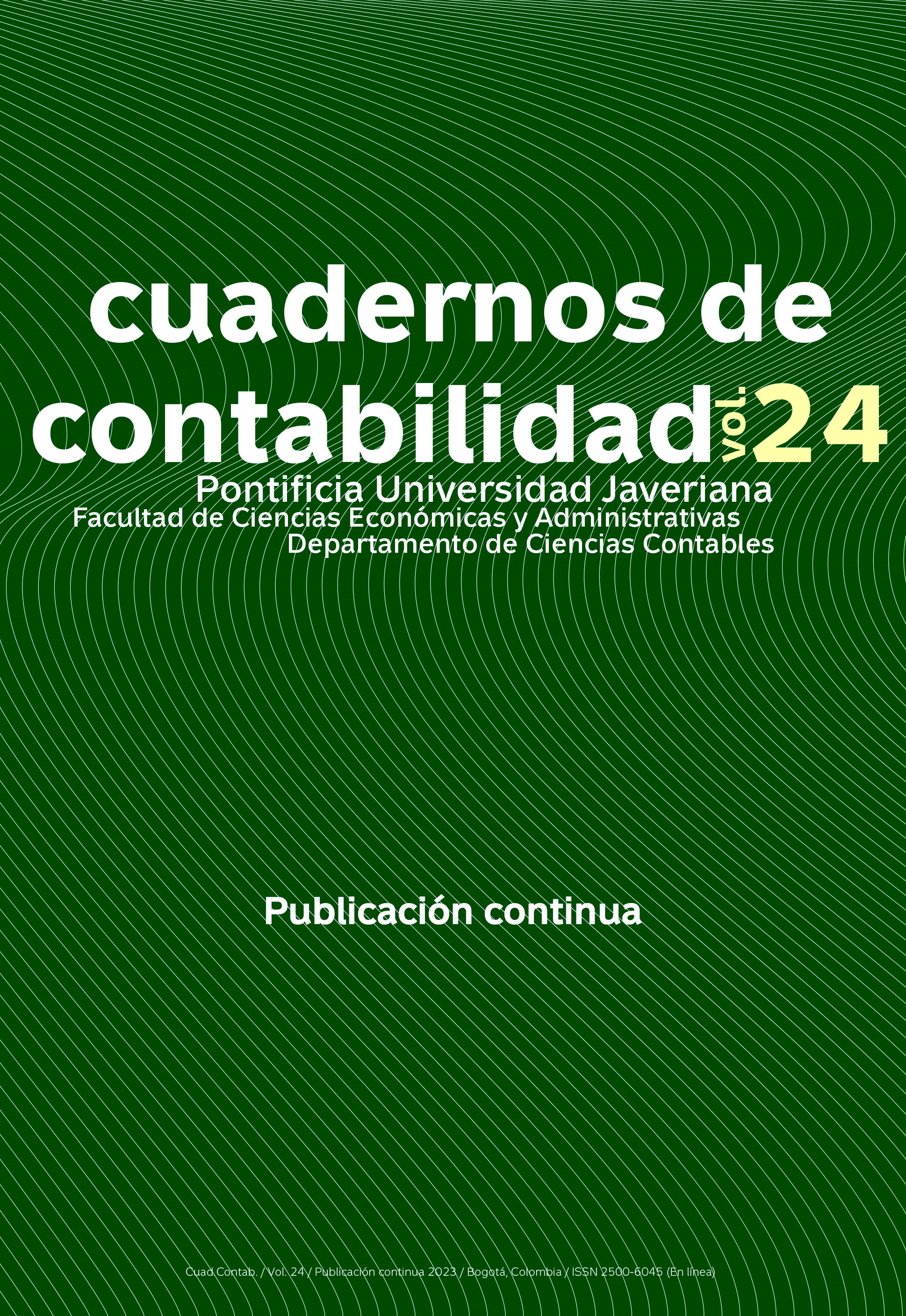Proposal for the Distribution of Indirect Manufacturing Costs using the Algebraic Method to complement Traditional Costing and ABC Methodologies in Manufacturing Companies
##plugins.themes.bootstrap3.article.details##
Currently, market demands for competitiveness are increasing. One of the evaluation criteria for this competitiveness is the production costs. There are various systems for recording and classifying costs, and the problem of allocating costs to cost objects (products, services, customers, projects, orders, etc.) is well known. So far, many companies have used the traditional allocation system, which establishes a predetermined rate to apply to cost objects based on labor hours, machine hours, or simply the sales value of each cost object. The current need to refine this distribution and allocation of indirect costs supports using the algebraic method, becoming a complementary solution when reciprocity is present. Reciprocity refers to service centers providing services to each other and productive departments. Applying the algebraic method improves the reasonability of the costs obtained in any cost methodology. We propose using concepts from linear algebra related to the formulation and solution of equations, along with the practical application of Excel tools, which facilitate its solution and complement traditional costing and ABC methods before the distribution of overhead costs by activities.
production cost, service cost, indirect manufacturing cost, cost objects, predetermined rate, reciprocity, algebraic methodcosto de producción, costo de servicios, costo indirecto de fabricación, objetos de costo, tasa predeterminada, reciprocidad, método algebraicocusto de produção, custo de serviço, custo indireto de fabricação, objetos de custo, taxa predeterminada, reciprocidade, método algébrico
Colin, G. J. (2008). Contabilidad de Costos. Mc Graw-Hill.
Financial Q&A. ¿Qué es el rango relevante?. OBALern. https:/ s/q-and-a/que-es-el-rango-relevante/
Hansen, D. R. y Mowen, M. M. (2007). Administración de costos Contabilidad y Control. Cengage Learning.
Hernández, S. R., Fernández, C. C. y Baptista, L. M. (2010). Metodología de la Investigación. Mc Graw Hill.
Horngen, C. T., Datar, S. M. y Rajan, M. C. (2010). Contabilidad de Costos un Enfoque Gerencial. Pearson.
Kolman, B. y Hill, D. R. (2006). Algebra Lineal. Pearson.
Norma de Información Financiera A-1, disponible en http://fcaenlinea1.unam.mx/anexos/1165/1165_u3_a1.pdf
Mallo, C., Kaplan, R. S., Meljem, S. y Giménez, C. (2000). La contabilidad de costos, los sistemas de control de gestión y la rentabilidad de la empresa. Printice Hall.
Nicholson´s, W. K. (2006). Linear Algebra with Applications. Mc Graw-Hill.
Polimeni, R., Fabozzi, F. y Adelberg, A. (1997). Contabilidad de Costos. Mc Graw-Hill.
Porter, M. E. (1980). Competitive Strategy. The Free Press.
Ramírez, A. (2020). Fórmulas y Funciones de Excel.Caprioru.
Wheelen, T. L. y Hunger, D. J. (2007). Administración Estratégica y Política de Negocios. Pearson.

This work is licensed under a Creative Commons Attribution 4.0 International License.


